|
16.Iphiclides podalirius (Linnaeus, 1758) / Scarce swallowtail / Papilionidae – Papilioninae
NL: koningspage / D: Segelfalter / F: flambé, le volier
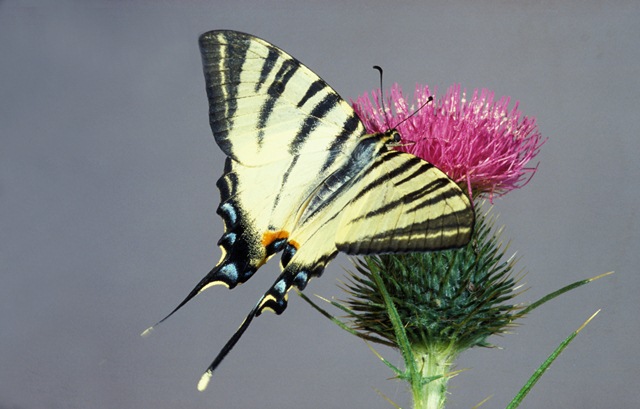 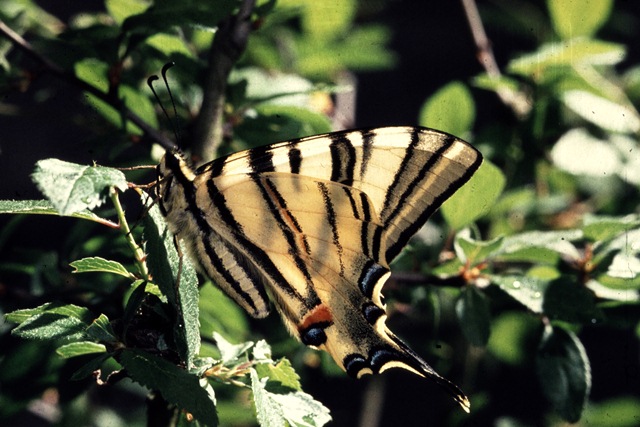
Photographs: Frits Bink ©.
Large or very large, wing length 35 (32-37) mm in males, 37 (35-39) in females. Occurs in the Benelux on warm, dry places in the south of Luxemburg and Wallonia.
It is a typical species of park-like, hilly landscapes.
Butterfly is on the wing from early-May until mid-June and if a second brood occurs the adults may be seen again in August. The species occurs in maritime and continental climates, amplitude 6 to 16 and its required heat sum is 900°d and maximal tolerated 3000°d, corresponding with climate windows of 26 weeks and the whole year open.
The adult likes to visit gardens because of the presence of large flowers where it can nectar but the surroundings must be open landscape with some shrub or orchards of almond, peach or apricot.
Ecological characteristics
Behaviour over time
Overwintering: pupa attached to a stone, a trunk or a twig.
Reproduction: oviposition starts after 2-3 days when the body contains 63 (40-94) eggs. Estimated potential production 2.5 times as much.
Larval feeding periods: 6 weeks in the period from end-May until mid-September.
Generations: one, sometimes followed by a small second one in mid-summer.
Spreading of risk: flexibility in pupal diapause.
Life cycle: egg 8 (6-10) days; larva 38 (27-45) days; pupa 18 (13-22) days and in the case of hibernation 34-44 weeks.
Life span of adult: rather long, 3 weeks.
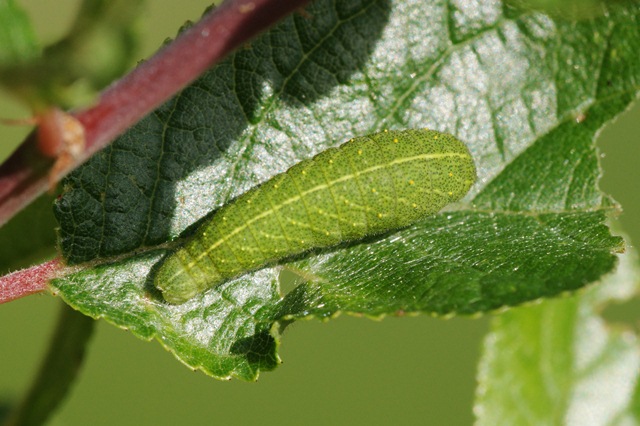 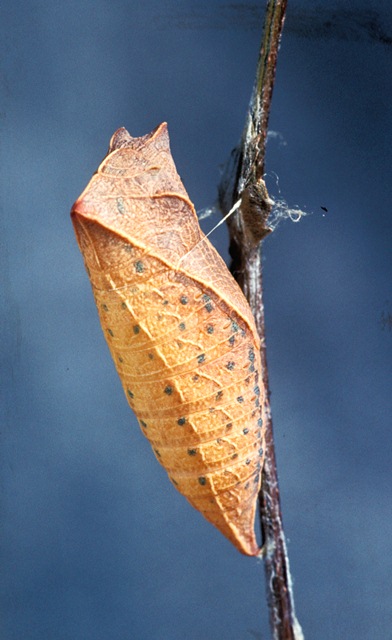
Photographs: Frits Bink ©.
Behaviour in space
From stay-at-home to migrant: nomad, spatial requirement considerable.
Finding a mate: males are known to aggregate on hilltops where females come to mate.
Orientation in the landscape: open landscape with locally some shrubs and also a hilltop as a landmark.
Oviposition: eggs are laid on the leaves of a bush or small tree, but the position of the host-plant is chosen carefully.
Defence
Threats from other organisms: two kinds of defence against avian predation: the larva is black when young, green and well camouflaged later and armed with an osmeterium.
Threats from the environment: warm and dry weather is essential for the larval and adult stages, in the pupal stage it can survive severe winters.
Feeding habits
Adult: nectar, all kinds of big flowers that can support this large butterfly.
Larva: the larva spins a silk mat on a leaf exposed to the sun, on which it rests for most of the day and eats the nearby leaves.
Larval foodplants
Plant species: Rosaceae, shrubs and small trees of Prunus cerasifera, P. domestica, P. mahaleb, P. persica, P. spinosa.
Journal
Rearing experiment based on specimen from Nîsmes, Belgium:
28/29 May 1982: eggs from three ovipositing females on small shrubs of Prunus spinosa and also a few on Crataegus.
5 June: eggs hatch.
9 June: first moult.
15 June: second moult.
20 June: third moult, larvae now 11 mm in length.
27 June: biggest larva in fourth moult, now 16 mm in length.
30 June: all larvae now last instar.
13 July: first pupa.
9 August: no pupa hatched, all in diapause.
Overwintered outdoors.
10 May 1983: first adult appeared.
12 May: a female hatched (see table 16-1).
Table 16-1. Results of dissections

Table 16-2. Collection and observation localities
B, Nîsmes 200 m, 50° 04’ 41”N – 4° 32’ 36”E; 28 May 1982.
D, Cochem 50° 10’ 01”N – 7° 14’ 38”E; 1 August 1985.
D, Kaub 50° 05’ 36”N – 7° 45’ 43”E; 26 May 1986.
D, Lorch 300m, 50° 02’ 05”N – 7° 47’ 56”E; 26 May 86, 14 June 1985.
F, Aurel, 400 m, 44° 43’N – 5° 16’E; 29 August 1984, 2 September 1984.
F, Lorraine, Lion-devant-Dun 300 m, 49° 23’ 40”N – 5° 14’ 03”E; 12 June 1984.
Fig. 16-1. Iphiclides podalirius, phenogram adapted from Fichefet et al. 2008: 65.
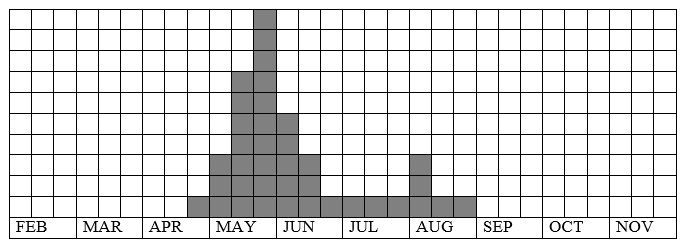
Fig. 16-2. Iphiclides podalirius, habitat characteristics.
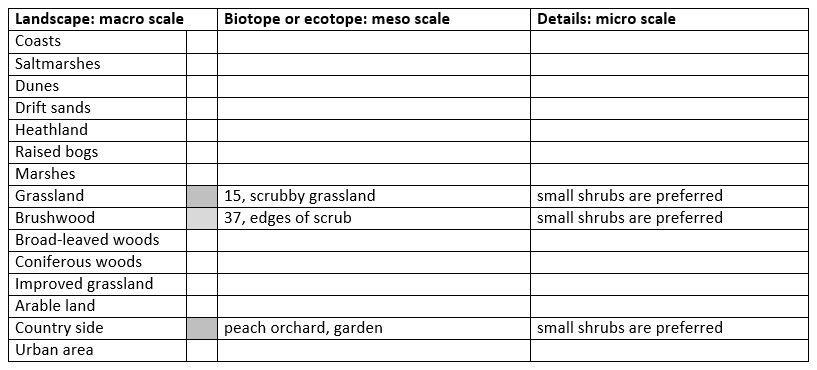
Fig. 16-3. Iphiclides podalirius, climate matrix, heat-sums 900 - 3000°d.
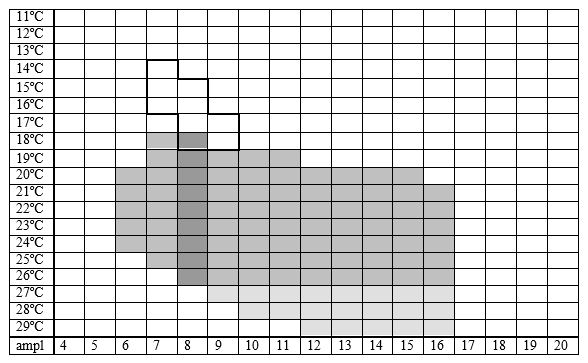
|









